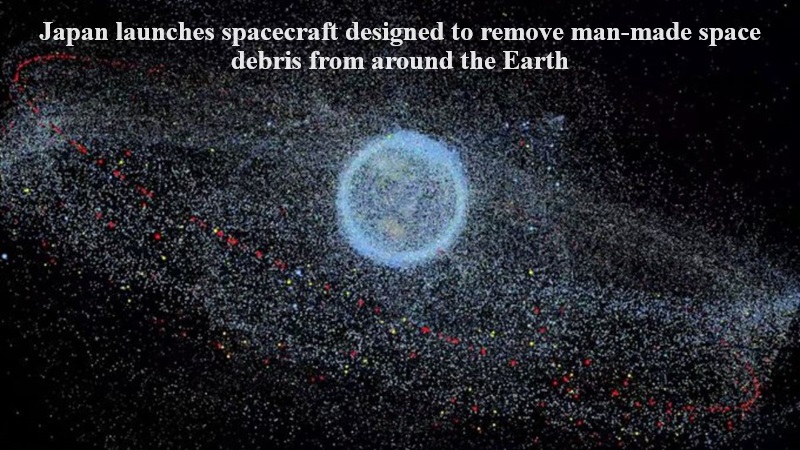
Astroscale Japan announced on Monday the successful launch of a spacecraft designed for inspecting and potentially eliminating human-made space debris in Earth’s vicinity.
The Active Debris Removal, facilitated by Astroscale-Japan (ADRAS-J), is set to rendezvous with and evaluate a remnant of a Japanese H2A rocket that has been orbiting for 15 years, according to a report from the AFP news agency. The H2A rocket component, comparable in size to a bus, was launched by the Japan Aerospace Exploration Agency (JAXA) in 2009. Its exact location and orbital trajectory remain unknown.
Deployed from New Zealand, the ADRAS-J spacecraft has already established contact and is prepared to commence its mission, stated project manager Eijiro Atarashi in a press release.
Leveraging Earth-based observation data, the approximate whereabouts of the H2A rocket remnant will be determined, enabling ADRAS-J to approach it “from a safe distance” for image capture and assessment of its condition and movements.
Chosen by JAXA for participation in its debris removal initiative, ADRAS-J, according to Astroscale, represents the inaugural spacecraft of its kind, focusing on eliminating sizable debris of Japanese origin through collaboration with private enterprises.
Space Debris
Estimates from the European Space Agency (ESA) indicate the presence of approximately one million debris fragments larger than a centimeter in Earth’s orbit. These fragments, sufficiently substantial to “incapacitate a spacecraft,” pose a significant hazard.

Post Your Comments